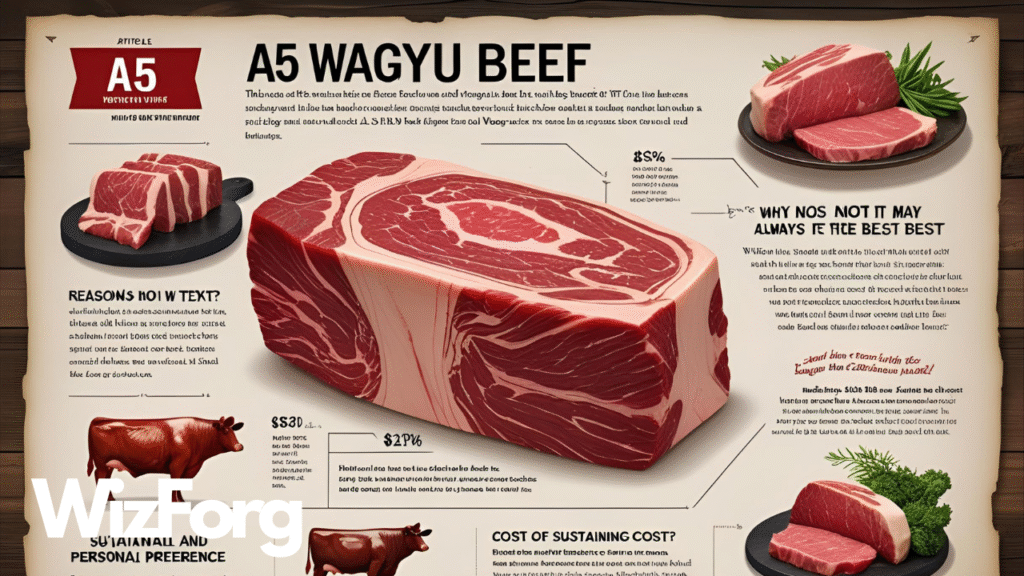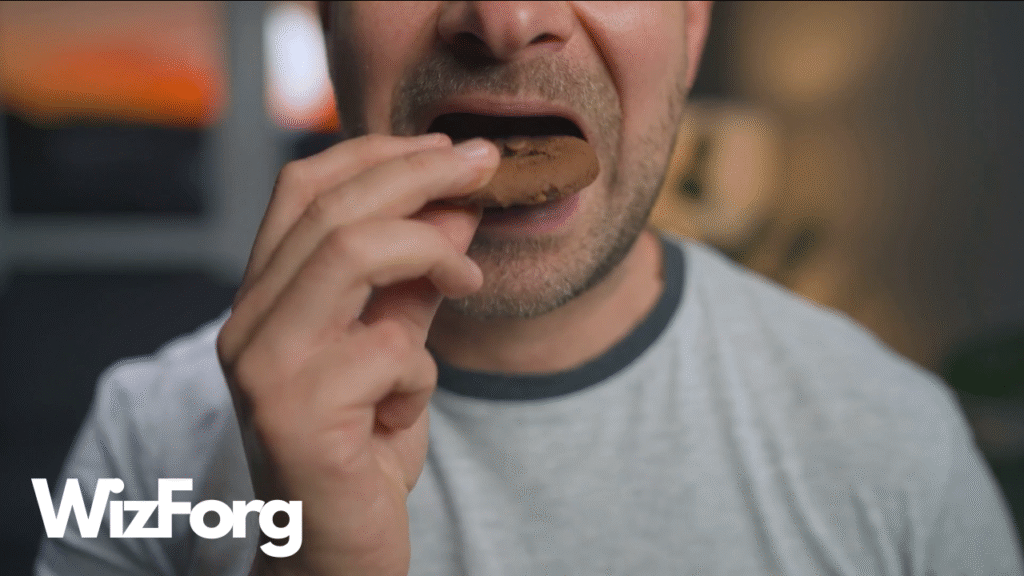When you hear “A5 Wagyu,” you probably picture perfectly marbled beef with a buttery texture and eye-watering price tags. But while A5 is the highest grade of Japanese beef, that doesn’t always mean it’s the best choice for everyone. Let’s break down what “A5 Wagyu” means and why some chefs and steak lovers prefer lower grades.
What Does “A5 Wagyu” Mean?
In Japan, beef is graded using two main criteria: yield (the letter) and quality (the number).
- The “A” stands for the yield grade or how much usable meat comes from the cow. “A” is the highest.
- The “5” is the quality score, which includes marbling, color, texture, and fat quality. “5” is the top score.
Put it together, and A5 Wagyu means you’re getting a cut of meat with the highest possible yield and the most intricate marbling.
The Marbling That Melts in Your Mouth
One of the hallmarks of A5 Wagyu is its buttery intramuscular fat, also known as marbling. This fat melts at a lower temperature than regular beef fat, giving Wagyu its signature melt-in-your-mouth feel.
A5 Wagyu often scores between BMS (Beef Marbling Score) 8 to 12an almost unbelievable amount of marbling compared to USDA Prime in the U.S., which typically maxes out around BMS 5 to 6.
So Why Isn’t It Always the Best?
Despite its luxurious reputation, A5 Wagyu isn’t always the top pick, especially for Western-style cooking. Here’s why:
1. Too Rich for Full Meals
A5 Wagyu is so fatty that it can overwhelm your palate. A few bites feel luxurious, but a whole steak can be too much for many people.
2. Not Ideal for Grilling
The high-fat content means it’s best served in thin slices, like in Japanese dishes such as shabu-shabu or sukiyaki. Tossing a thick A5 steak on a hot grill might cause it to flare up or become greasy.
3. Lack of “Beefiness”
While it’s incredibly tender, some meat lovers find that A5 Wagyu lacks leaner cuts’ strong, hearty flavor. That bold, beefy flavor you love in a New York strip? You won’t get as much of it here.
When Lower Grades Might Be Better
Some chefs prefer A3 or A4 Wagyu because it offers a balance of tenderness and flavor without the extreme richness of A5. These grades still have beautiful marbling but are more versatile in Western dishes like burgers, steaks, or roasts.
Final Takeaway
A5 Wagyu is a luxurious bite of culinary art. But don’t be fooled into thinking it’s the “best” in every situation. Sometimes, less is more. Whether you’re dining in Tokyo or grilling at home, knowing what you’re eating and why makes the experience much better.
Craving more food breakdowns like this?
Explore more culinary secrets, luxury ingredients, and global food laws at wizforg.com.
📩 Subscribe, comment, and share: Have you tried A5 Wagyu? Did it live up to the hype?



